Table of Contents
Our Understanding of Cancer is Flawed
Hearing the word “cancer” has an immediate psychological impact. We immediately know we are talking about death and suffering. Cancer is a mass of cells growing uncontrollably. Such abnormal collection of cells often clump together leading to a bulge. Such a bulge is called tumor. Some of such tumors stop growing after sometime. Such tumors are called benign. If they don’t stop growing, we called such tumor as malignant cancer.
Cancer is the second leading cause of death worldwide. Around 10 million deaths in 2020 were attributed to cancer. We are in 21st century and we haven’t figured out how to exactly treat cancer. No doctor can guarantee that he/she can treat cancer. However, science has definitely advanced considerably in last few decades. Lot of cancers can be treated, especially when detected at an early stage. But, lot of them recur. There is no definitive answer.
One of the reason is that we don’t really know how cancer happens. One of the most widely proposed theory is that some cells “by mistake” undergo genetic mutation leading to activation of certain genes called oncogenes- such activation of oncogenes leads to cancer. But this theory has several flaws, which we will explore in detail in another article. One major flaw to this theory, relevant to our discussion, is that oncogenes are activated regularly during our routine normal body processes. Without oncogenes, no wound healing is possible. If you get bruised from falling from a bicycle, the bruise heals itself with couple of days because of oncogenes.
So, the question is what causes cancer? How come a few group of cells decide to multiply uncontrollably and keep growing to become cancer?
To understand cancer, we must stretch our imagination.
The Magical Process of Wound Healing
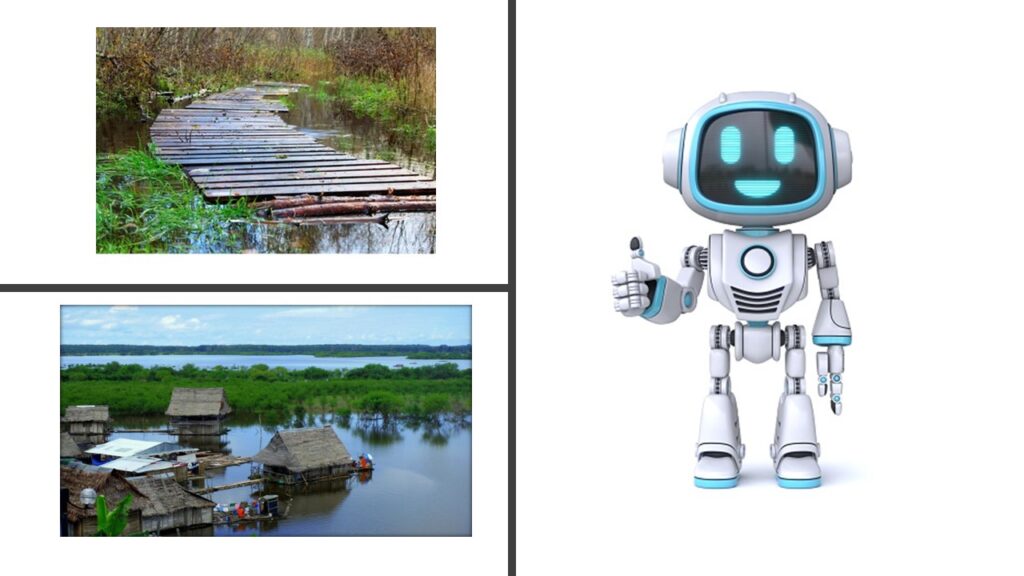
Imagine a set of ten wooden houses constructed in middle of a calm river. All these houses are connected to each other via wooden bridges, so that one can walk from one house to the other without diving into the river. The bridges are made of series wood planks laid one after another in series, each connected to the plank in front as well as to the preceding plank. To maintain these bridges we have robots. Whenever there is any damage to any plank, the robots would come and remove that plank and replace the same with a new one. The entire system is automated. Each wooden plank is hollow and contains a red colored chemical. Whenever any plank is damaged, it releases this red chemical. Entire bridge is fitted with sensors. When the red chemical oozes out from any plank due to any sort of damage, the sensors get activated. This alerts the robots. The robots automatically then come to the site from where the red chemical has oozed from. The robots then replace the plank with a new one, and destroy the damaged one.
In our body, we have a similar system for healing any injury. Any form of injury activates our immune and repair mechanisms. At this point one must remember that even a simple mental stress can be perceived as injury.
But, let’s consider what happens when our finger sustains a cut.
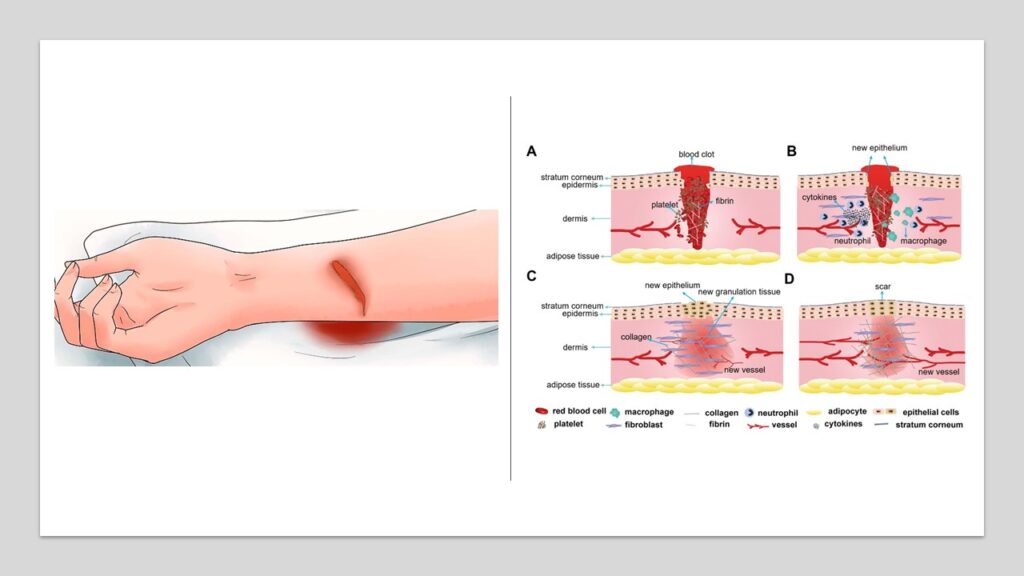
This cut means the tissue within is wounded. When a tissue is wounded, the event is perceived as “threat” by our body. Injured cells release “injury signal chemicals” (known as chemokines or cytokines). Injury is perceived as attack on the body. This perception of attack activates our immune system. In our body, immune system has two roles- destroy harmful cells and repair any damage. Hence the wound healing system consist of two types of cells- “killer cells” and “repair cells”. Killer cells attack and destroy all those cells that are either causing injury or impairing repair. So, if there are bacteria at the site of injury, killer cells will kill those bacteria. Injury would have also lead to death of several normal cells. These dead cells are now useless for the body. So, the killer cells also destroy and clear these off these dead cells. Neighboring cells transform themselves and multiply to replace the dead cells. Soon, there are no more injured cells to produce “injury signal chemicals”. This is exactly when injury healing process stops.
This is what happens in normal wound healing.
Cancer- A Wound That Never Stops Healing
Let’s go back to our imaginary wooden houses connected by bridges in the middle of a river. We saw there that if any plank is damaged it releases a red colored chemical that activates the sensors. The robots then spring into action, replace the damaged wooden plank with new one and destroy the old one. This automated system looks great. But there are two scenarios where things can go wrong:
- Scenario 1: If the robots are themselves not maintained, they can act place the new plank with more than necessary force while replacing the damaged plank. This can damage the new plank and surrounding planks, leading to oozing of more red chemical and keeping the sensors activated. Robots do as programmed. Their program simply activates them to repair the bridge so long as the sensors are activated. So, by damaging new planks while replacing the earlier damaged one, the robots will trigger a unstoppable cycle of continuous repair and destruction. Now, these robots will keep placing one new plank over another and will keep damaging healthy planks, while also destroying the damaged planks. This endless loop will keep the sensors activated literally forever, which will in turn keep robots working with planks forever. The amount of red chemical oozing will be so high that it will drip into the river and travel to other parts of the bridge and activate sensors there as well. Robots will now to go those areas of bridge where no repair work is needed and started laying down new planks over existing one. Eventually one would see huge piles of planks getting laid down across several sections of the bridge in a haphazard fashion, the weights of which will finally end up collapsing the entire bridge into the river.
- Scenario 2: What if few of the healthy looking normal wooden planks had been slowly leaking small amounts of the red colored chemical into the river, without triggering any of the robots? This might happen because of non-significant damage to those planks (due to aging and routine wear and tear) that won’t lead to release of significant amount of chemical to trigger any of the sensors. But this would definitely make the sensors sensitive as the river water bathes through those sensors. Now, if one of the planks does suffer from significant damage, the sensor will get normally activated. But the sensor might not stop even after the robots have replaced the damaged plank with a new one, since the chemical from the water will keep the sensor from shutting off now. This will make robots install additional planks over the already installed plan. The additional weight can damage the plan at the bottom, further triggering the sensor. This again will start the same endless loop we saw in the earlier scenario. Again, one would see a pile of planks getting laid down across several sections of the bridge in a haphazard fashion which will finally end up collapsing the entire bridge into the river.
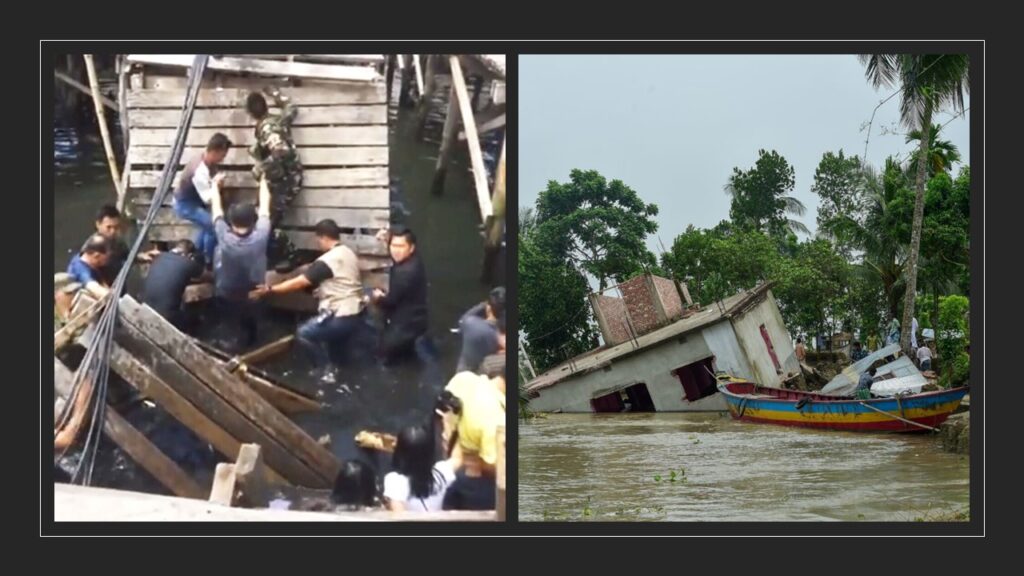
Very similar errors can happen with our body’s wound healing mechanism. The entire system of wound healing can collapse if either of two things happen (mostly both happen together):
- The “killer cells” can be imagined as mature soldiers who use optimal amount of force while killing unwanted cells at the site of injury. If the immune system is defective (and this can be due to aging, chronic diseases such as diabetes etc.), it can end up applying excessive killing force. Instead of shooting using pistols, what if the same soldiers are now using destructive bombs. This will not only destroy the unwanted cells, but will also injure normal cells leading to generation of more “injury signal chemicals”. These chemicals will then attract more “killer cells” and “repair cells” to arrive at the site of action. Repair cells will multiply proportionate to the level of “injury signal chemicals” at the site. The defective immune cells will continue using excessive force, leading to more “injury signal chemicals”, which will lead to further growth and proliferation of repair cells. Thus, it will lead to a never ending cycle leading to an uncontrolled growth of cells- which we call as cancer.
- Imagine a human body battered with multiple injuries. These injuries can be subtle, and not physically visible. For example, toxic metabolites in a patient suffering from diabetes keep injuring thousands of cells across body. So is true in a patient suffering from high blood pressure. Mental stress itself easily subject body to such kind of subtle injuries. These collection of multiple small persistent injuries leads to generation and maintenance of “injury signal chemicals” in blood. These persistent injury signal chemicals put body’s immune system in a constant state of activation (we call this medically as a state of chronic inflammation). This “high alert” state makes the soldiers of our immune system more prone to use excessive force when body perceives any “threat”. If such an individual gets wounded, the site of injury not only releases its own “injury” chemical signals, but it is also being constantly bathed by the existing “injury signal chemicals” circulating in the blood throughout the body. If the total amount of these chemicals is very high, it’s easy to imagine how repair cells will grow more than what is necessary to heal the wound. Moreover, it is natural for the killer cells in such an “on high alert” body to use more than excessive force on the wound while trying to clear of unwanted force. This unwanted force will end up injuring several normal cells around the wound, causing release of more “injury signal chemicals”- again triggering the repair cells to keep growing uncontrollably leading to cancer.
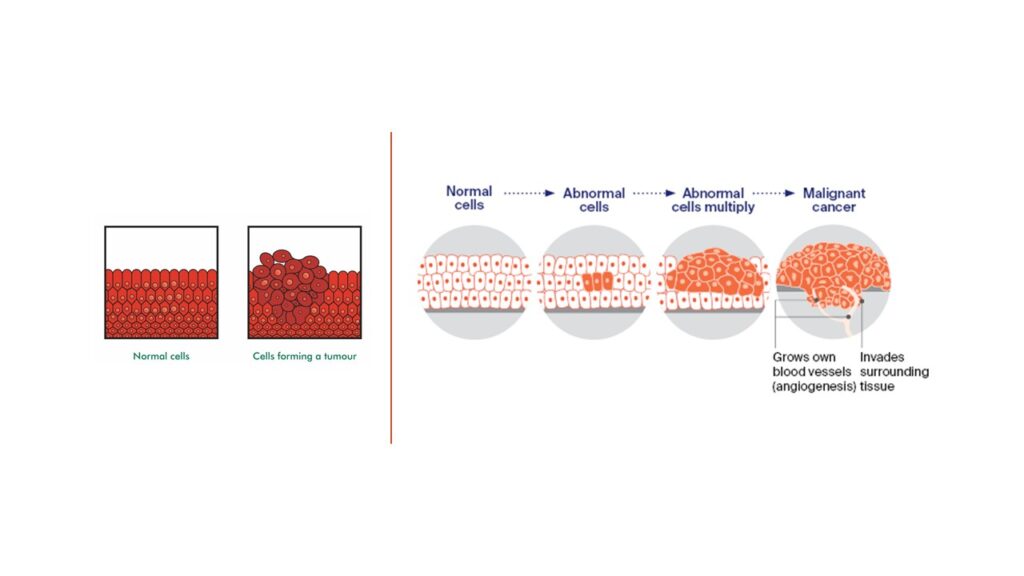
How Does Cancer Spread?
We also need to be mindful that injury and repair are constantly occurring phenomena in our body. Each breath we take and each morsel of food we eat can potentially generate heat that injures our cells. Similar each time blood flows through our veins and arteries, the lining of these blood vessels suffer stress and subsequent injury. Infact, every thought that emanates from our brain potentially causes some form of injury. And each such injury/wound is constantly getting repaired via normal wound healing mechanisms. However, when there is cancer growing any part of this body, the cancer cells generate enormous amount of “injury signal chemicals” which overflow into blood and circulate throughout the body. As we just saw, such high level of these “injury signal chemicals” can easily destabilize normal repair mechanisms and make them cause cancer. Thus cancer in part of body can lead to development of cancer in other parts of the same body. This spreading of cancer is known as metastasis. This is similar to what we saw in our river bridge example where sensors get activated across the whole bridge and the robots start laying down wooden planks haphazardly across the whole bridge.
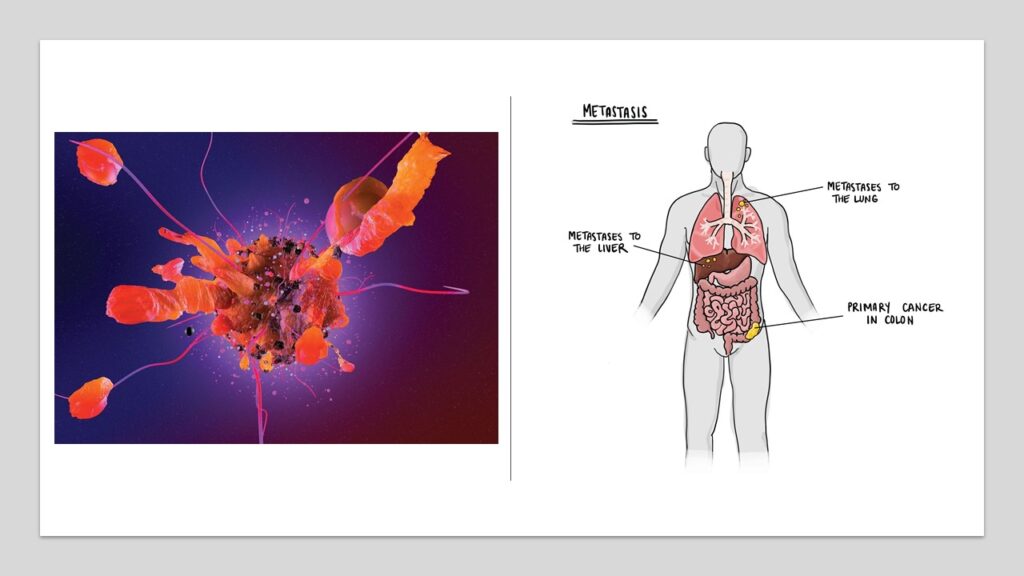
How Does Cancer Kill?
What we now understand is that cancer is a result of normal wound healing process that has gone out of control. In cancer, the “injury” related chemical signals remain persistent. So long as these signals are on, repair cells will keep thinking that they need to grow and multiply. This unwanted growth will kill the normal cells of that organ by physical pressure and by eating up all the nutrition. This killing further generates more “injury” chemical signals. And killer cells will simply keep attacking the site of cancer, in their attempt to clear off the dead cells, and this attack also will generate more “injury” chemical signals. Eventually, if this continues, all the normal cells in the organ where cancer started will die. We also saw how these excess “injury” chemicals from one cancerous growth can eventually cause other injuries in other parts of body to become cancerous. And every organ where cancer spreads will be destroyed.
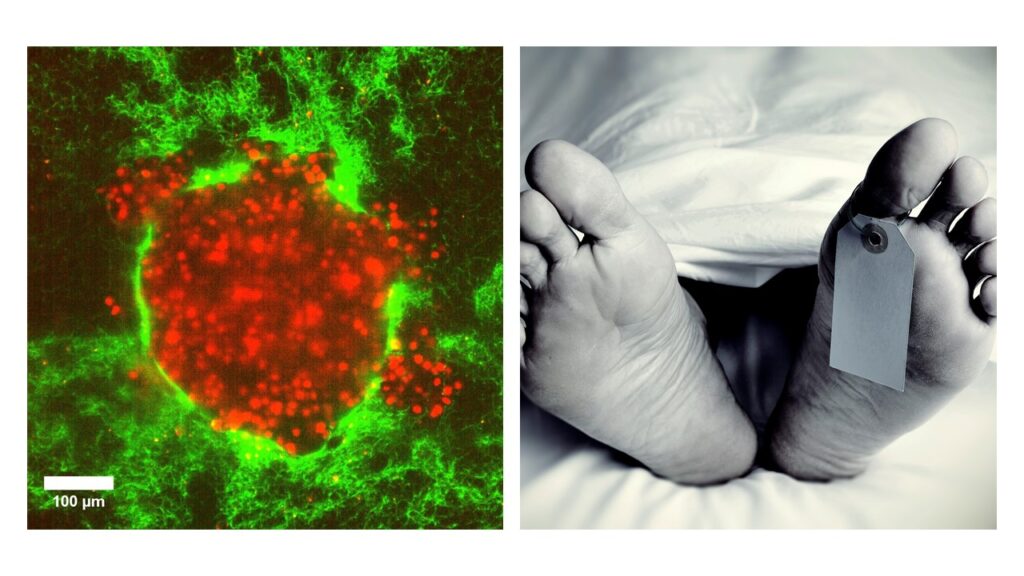
And that’s how cancer kills.
Our Approach Towards Cancer Treatment Is Flawed?
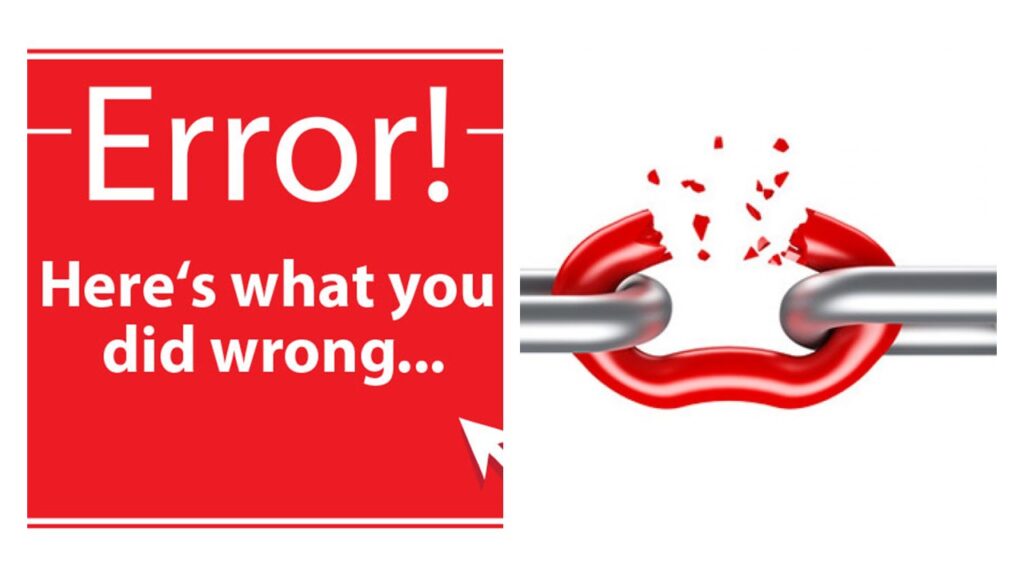
Accurate understanding of cancer is critical to understand how we can treat cancer. Killing cancer cells can’t be the solution. They are not the causing cancer. They are simply responding to “injury” signals. Killing cancer cells entails use of extremely toxic drugs/ radiations which kill normal cells as well, causing grave side effects which are often lethal. Many patients undergoing chemotherapy/radiotherapy targeted at killing cancer cells die due to side effects of such chemotherapy, rather than cancer itself. The amount of suffering caused by such chemotherapy/radiotherapy can be much more horrendous than cancer itself.
Surgical removal of cancer is again based on the incorrect notion that cancer cells are the one causing cancer. Infact, such surgery can do more harm than good. If a surgeon cuts open a cancer and is not able to fully remove the same, he actually caused more injury at a site where wound healing is out of control. The very act of cutting would trigger more release of “injury signal chemicals” which would accelerate growth of cancer. It is known that removing a glioblastoma tumor (a kind of brain cancer) from the brain causes any cancer left behind to grow much faster (by around 75%) than the original tumor did.
Another approach which is closer to the main issue is to target the “injury” signals. Issue is that the chemicals that generate such “injury” signals are critical to sustenance of our life. There are hundreds of cellular processes that depend on these chemicals. Also, by silencing one or two of these signal chemicals cannot solve problem. Maybe we can slow the progression of cancer- but blocking of few of such signals will just amplify other signaling chemicals and the cancer will start growing again. That’s why most of these drugs targeting such signaling chemicals fail after sometime. And we know of few of these chemicals- there are so many others that we are just not aware of.
How Can We Treat Cancer- Can You Readers Help Find The Answer?
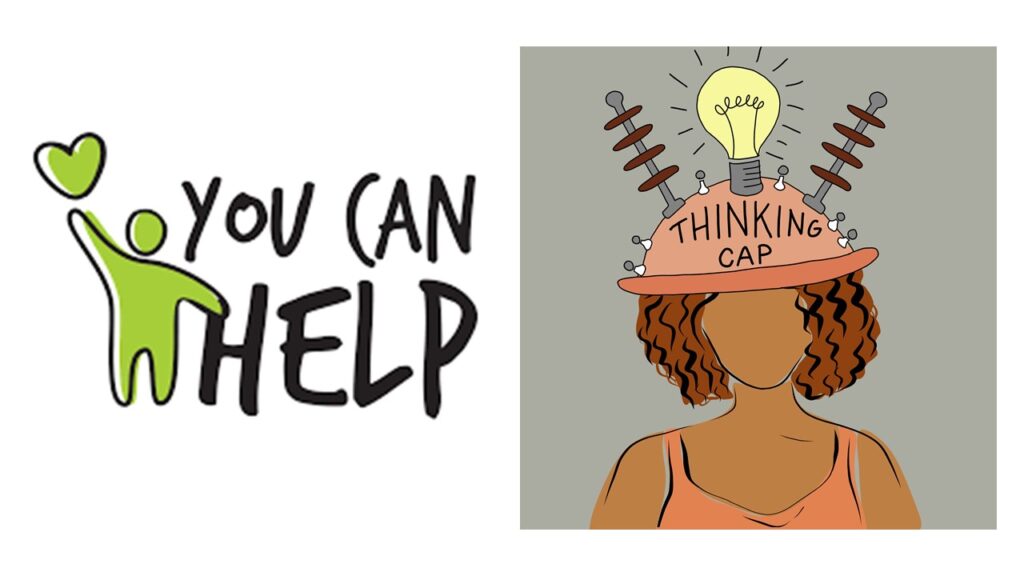
This article is a product of my understanding from more than 60 peer reviewed publications from various oncology experts. And I hope I was able to explain why cancer happens in simple words.
Somewhere within that understanding lies the answer to the eternally evasive question of how can we treat cancer. The current approaches are definitely flawed. Most of the research are towards development of drugs that can either kill cancer cells or silence the signaling chemicals. Lot of efforts and resources are being spent trying to perfect surgical procedures and radiotherapy methodologies. But, what basic science is showing is that both cancer cells and the signaling chemicals are result of an aberration and not the cause of the main problem. Unless we eliminate the cause, even if we cure a cancer, it can recur.
How do we eliminate the cause and treat cancer? This is where I need your help. I request my readers to ponder on this question and suggest solutions via comments on this article. Maybe someone will discover a novel solution through such discussions.

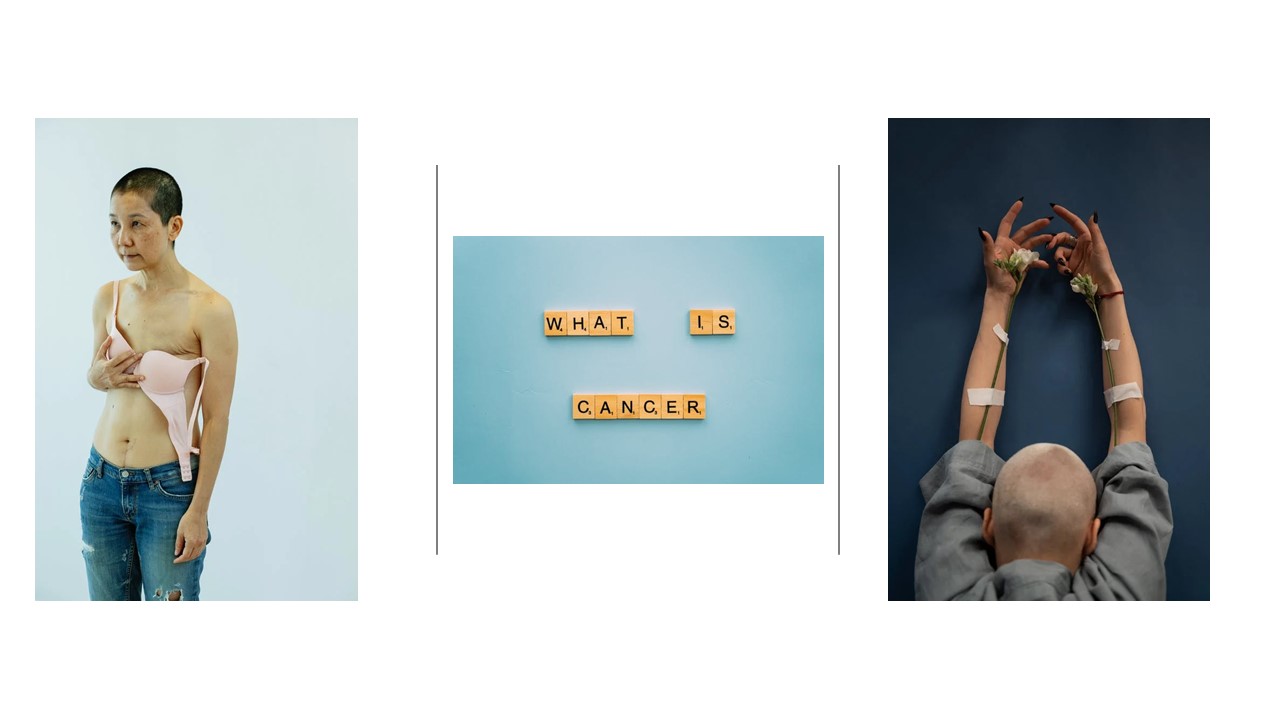
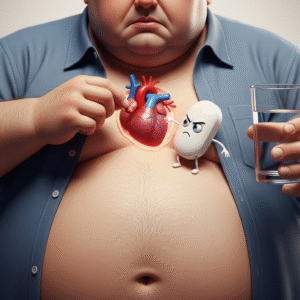



I have stage 4 brain cancer I had radiation with chemotheraphy, the chemo stop working this year..I will try infusion..
I am terrified hearing this. My best wishes with you.
Very informative. Would love to read about possible solutions too
Thanks Tanu. I will be posting an article on possible solutions soon!
Greetings! Very useful advice in this particular post! Its the little changes that will make the most significant changes. Thanks for sharing!
This is really interesting, You’re a very skilled blogger. I have joined your rss feed and look forward to seeking more of your great post. Also, I have shared your site in my social networks!
Thank you!
I am impressed with this website , rattling I am a big fan .
Thank you- glad you liked this article!
I’m impressed, I must say. Really hardly ever do I encounter a blog that’s both educative and entertaining, and let me tell you, you’ve hit the nail on the head. Your idea is outstanding; the problem is one thing that not enough persons are talking intelligently about. I am very blissful that I stumbled across this in my search for one thing regarding this.
I am really happy that you enjoyed reading my post!
great post.Never knew this, thankyou for letting me know.
Thank you- I am really glad that you liked reading this post!
Your article gave me a lot of inspiration, I hope you can explain your point of view in more detail, because I have some doubts, thank you.
Insightful piece